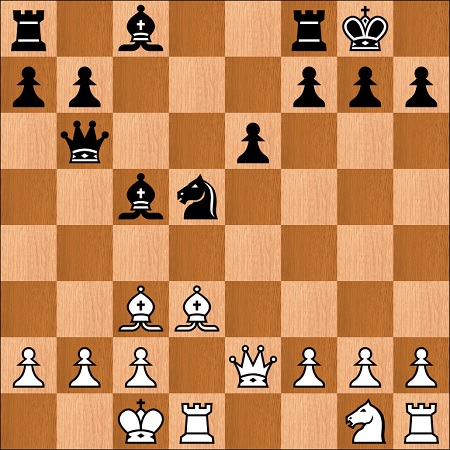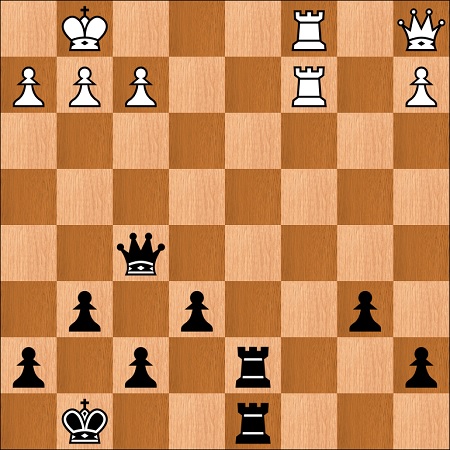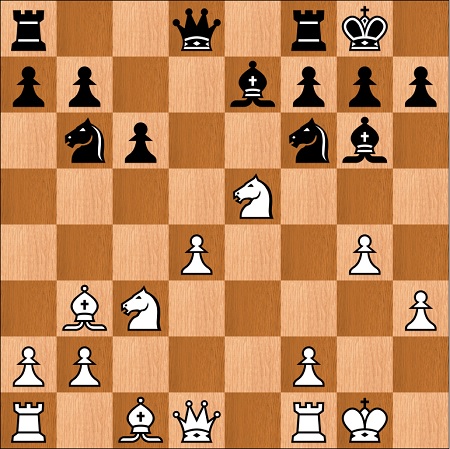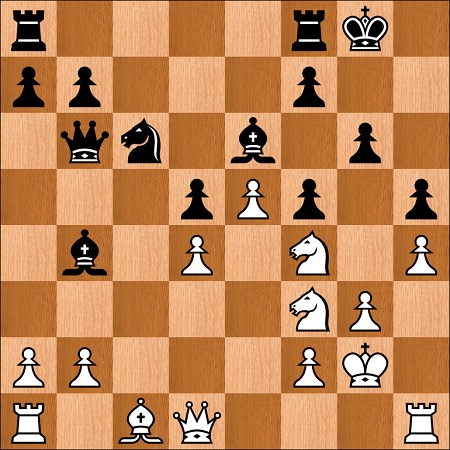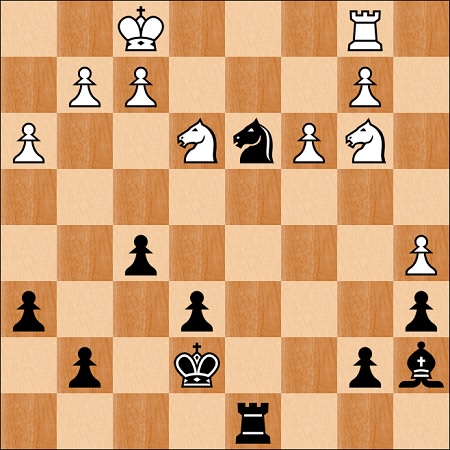I am currently trying to learn some new openings, as well as reinvigorate some of those that I've used in the past. This is vital work for competitive chess players, especially in this day and age. A good opening repertoire fosters one of the most important attributes for competitive chess, self-confidence.
How am I going about it? Essentially I'm following the advice I gave in Crafting Your Own Opening Repertoire, though I'm also consulting expert sources that make extensive use of powerful engines. This is not really needed at amateur level, but above 2200 FIDE there's no escaping its importance.
Which openings am I working on? Unfortunately I have to keep that private, though generally speaking I'm sticking to things I've played before. This is because I'll have a better understanding of the positions they lead to than if I went to something new. If you do play a new opening, it makes sense to play training games with it prior to launch, against a friend, coach or by playing the first 10-15 moves against a computer.
Will it work? Yes, I think so, but only as long as I do the job properly. If you do a half-baked job, and you know that you haven't been thorough enough, it still won't develop the self-confidence that is one of the major goals.
Training Tournaments
This week's training tournaments are in the French Defence, the King's Indian Attack and 2.b3.The French has been my main recommendation for those who want a solid and economical defence against 1.e4 and is covered in the Building an Opening Repertoire course as well as The French Defence.
Sunday April 27th at 6.15pm UK Time: French with 1.e4 e6 2.b3 d5
My Upcoming Events
I'm currently playing in the English Senior Championships, meanwhile there's nothing new on the horizon. I'm still hoping to invited to Maia in August but I've yet to hear back.
Here is how things look right now:
May 10 - 11 2025: Nottingham Congress
I've entered this one because they offer free entry for GMs, plus if I take a bye in the first round I can get away with one night in a hotel. You can find details here.
June 21-22 2025: Ilkley Congress
As with Nottingham this is just two days, I was given a free entry and I can take a first round bye. So I'll manage to keep my costs down to one night in a hotel and petrol for getting there, this stuff is important. You can find details here.
July 31 - August 10 2025: British Championships
As mentioned above I've entered without an invite. I've also gone for the Championship itself rather than one of the old folks sections. Obviously this will be full of underrated juniors, I'll just have to play better against them this time! You can find details here.
August 21 - 30 2025: Maia Chess Festival (?)
I've played in the last couple of events and I'm hopeful that I'll be asked back. The dates are now out.
September 5-7: Hull 4NCL Congress
I'm a big fan of 4NCL Congresses because they are played in nice venues, they're invariably well organized and they offer free entry and accommodation to GMs. You can find details here:
I'll be looking for things after September, not sure when or where!
Twitch Channel
My new Twitch channel will have new shows every Monday ('Chess Questions Answered), the Webinar on training tournaments and games is up on Fridays. Please follow it if you'd like to get updates etc, all the shows will be available to Premium members in the Tiger Chess members area, even when they are no longer available on Twitch.
Have a good weekend.
Nigel

